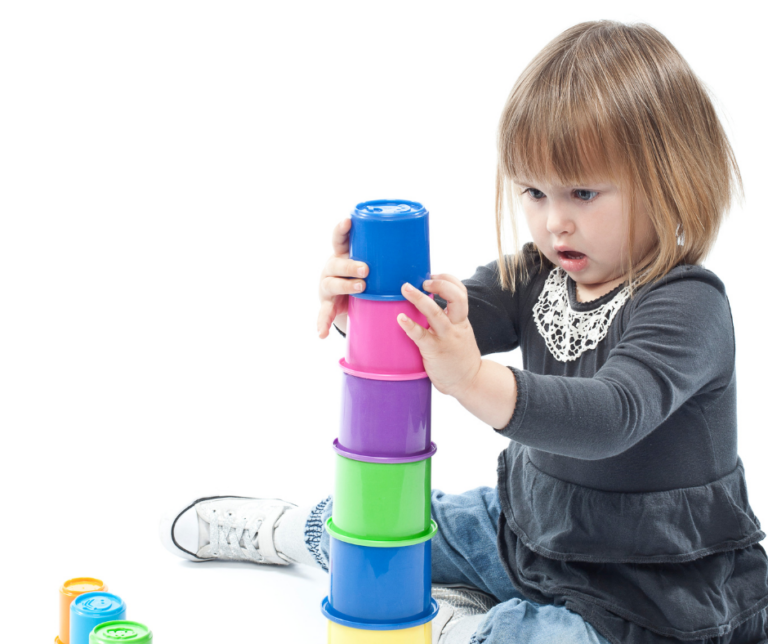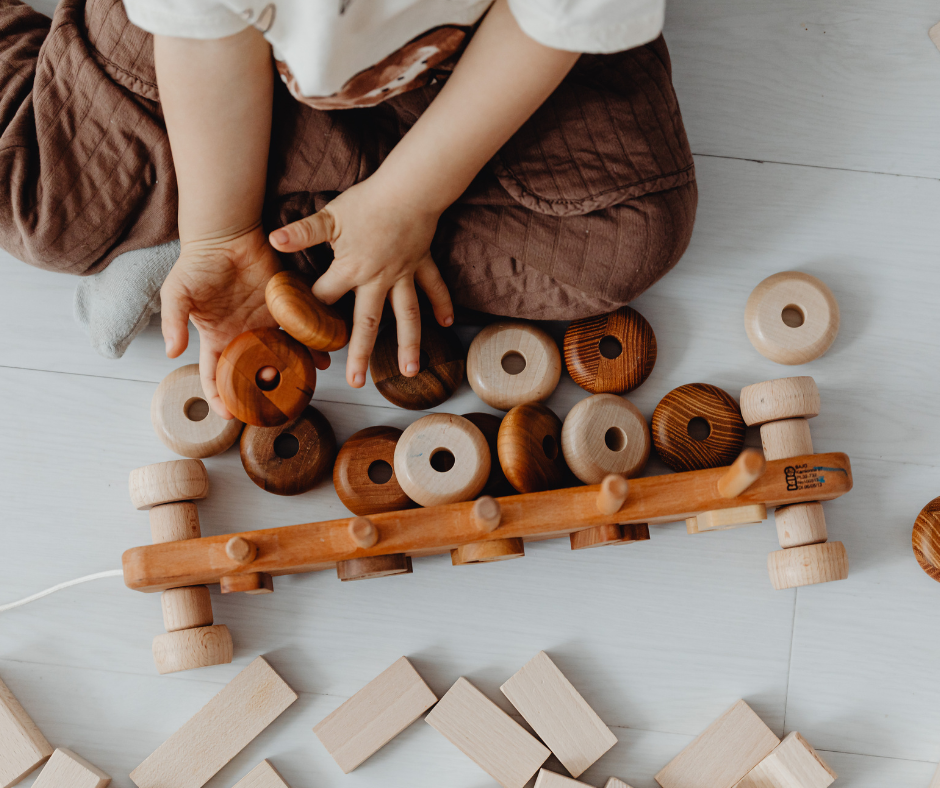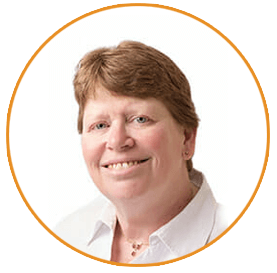Working hours
Mon - Fri: 8am to 5pm
Mon - Fri: 8am to 5pm
Share

Put simply, schemas are repeated patterns of behaviour that children display as they explore and make sense of the world around them. As experienced practitioners we often observe children engaged in play that they revisit time and time again and we wonder why that is.
Chris Athey, who has studied these extensively informs us, “clusters of schemas develop into later concepts” (Athey: 2003) so by revisiting play activities children are actually busy testing out their ideas and theories.
Schemas can be thought of as the cognitive building blocks or mental frameworks that children use to organise their knowledge and understanding. They represent the current interests, fascinations and preoccupations that drive our children’s play and learning forward.
Whilst we as early years practitioners have known for years about schema, It’s important to note that schema play can sometimes be misidentified as a possible flag for SEND or neurodivergence, such as autism.
For example, a child repeatedly lining up their toys or objects could be mistaken for displaying a behaviour commonly associated with Autism. However, this type of play is actually a common manifestation of the positioning schema, whereby children are interested in ordering, aligning, and sequencing objects.

We spend much of our time observing the children in our setting as they interact with each other and the learning environment around them and luckily schemas naturally manifest themselves through this play and exploration.
Some of the more common schemas observed in young children can include:
It is important to note that schemas can present one at a time or as several simultaneously.

When a child is engrossed in a schema building activity, you can often witness that fabulous ‘tongue out’ absolute concentration that is so evident in fascinated and determined children.

Children learn best through open ended and extended periods of exploration and play. Interrupting these periods by enforcing routines like “tidy-up time” or putting resources away at transition times, can unnecessarily disrupt the opportunities available for children to focus on schema play.
Luckily as we become more aware of schemas and we become more experienced at observing them in children’s play, we become better at supporting children as they develop, grow and deepen their understanding of the world around them.
Rather than abruptly ending their play, it’s crucial to respect and nurture the schemas children are exploring. Allow them to continue their explorations uninterrupted and provide materials and opportunities that support their schema development.
Some examples of ways to support, respect and nurture the schemas children are involved in, early childhood educators could include:

Supporting children’s schemas is crucial because it:
By recognising and supporting children’s schemas, early years practitioners can create engaging, responsive learning environments that nurture each child’s unique development and learning journey.
Our own Tricia Wellings has developed a workshop in partnership with ECE Learning Unlimited, (Connecting the Dots: The Educators Guide to Recognising and Supporting Schemas in Early Childhood Education) in which she unpicks various theoretical insights and explores practical strategies to help you to build your understanding of schema.
By the end of this workshop, you will be equipped with strategies to not only recognise but also harness the power of schemas in early childhood education.
To enrol in this workshop, follow the link here: Enrol
And for further practical support in understanding and identifying schemas, get your schema key ring cards here: Schema Key Ring Cards
With the ever-changing regulations and guidance, sign up to our monthly newsletter and mailings to stay current and keep up to date with running your childcare setting.
Simply enter your details below to join our mailing list.
By completing this form you are agreeing to our privacy policy You can unsubscribe at any time

Millennium House, High Street,
Studley, Warwickshire, B80 7HJ.